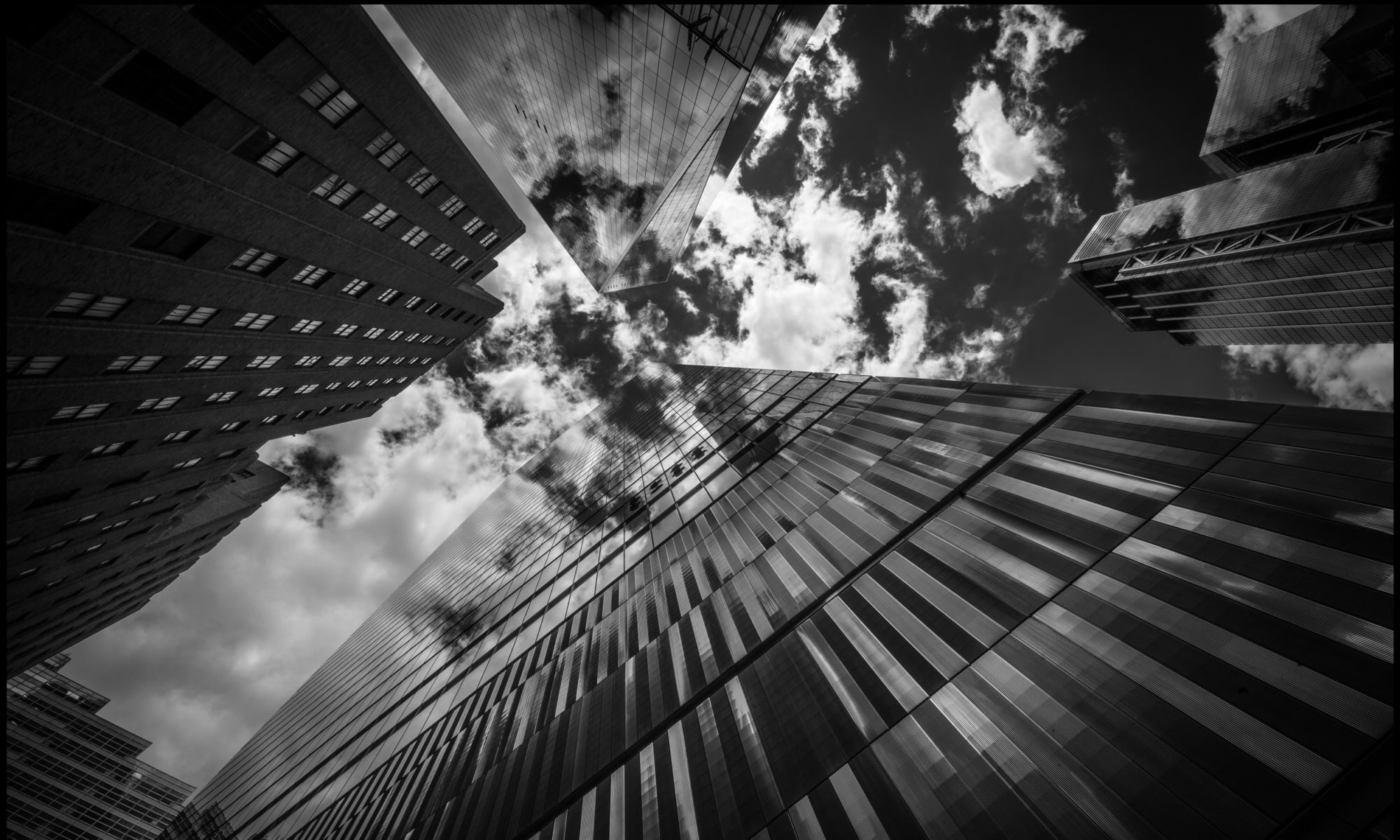Zen and the art of photography
I’m not a teacher of religion but much of what I have to say about photography sounds a bit esoteric. So I’ll use the language of Zen to ground some of these ideas into a practical method. Of course with teaching Zen I think I’m safe because Zen cannot be taught, it must be learned. Further, Zen cannot be learned because you need only accept it. And of course, further still, Zen cannot be accepted because it is already there.
The two aspects of this workshop regarding Zen are the concept of “no mind”, and the idea of what I would call the intuitive nature of perception .
Using “no mind” would be letting the picture come to you and in some way working with what you’ve been given. To me there are two aspects to photography; scientific and philosophic (artistic) evident in its appreciations of light and its containment of time. Betty Edwards in her Drawing on the right side of the Brain books talked about the two sides to the brain: the linear thinking left brain and the more artistic right brain. The left brain is good at preparing and learning, taking notes, formulas, and linear thinking. The right brain is good at pattern recognition and seeing the whole for the parts; that’s the artist’s side of the brain. We need both sides to function but the trouble with the left brain when we are out shooting is that the left brain has no reverse. So when a shot isn’t working and you are getting frustrated you must stay in it! This is the golden precipice for an artist because your left brain is giving up and your right brain is taking over. Turn around; the image you’ve been waiting for is right behind you.
The other aspect is the intuitive nature of what works and what doesn’t work within an image. We have all done our “10,000 hours” looking at images, we’ve been raised on eye attracting visual works, ads, TV, movies, product design. There is something in the gestalt, or wholeness, of an image that is innately understood, the balance of visual weights, the recognition of even subtle patterns, we may just not know that we know we know.
Now let’s work together with some mantras
- A successful photograph attracts the viewers eye into the photograph and then doesn’t let it back out. An engaging photograph is one that requires the viewer’s participation.
- To take a good photograph you must see as the camera sees. The camera sees in two dimensions. It’s helpful to think of the final product as a print. For photographs It’s also helpful to think of “perspective” as focal length and to think of “zooming” as cropping. Our eyes constantly adjust the perspective and exposure of what we see, cameras don’t, cameras will tend to flatten our world and favor silhouettes in exposure.
- If you want to take great photographs look at great photographs. To find your own style ask yourself why you like-what you like about the photographs you like. When you look at the photographs of others follow where you eye goes, is it led or is it aimless, is it led into or out of the photo? Then do the same with your own photos.
- Photographs are made of both light and time. Use both ingredients in every photograph and with intention. With a camera It’s helpful to think of the light aspect in terms of the aperture and the time aspect controlled with the shutter speed. But there is a second aspect to the time component of a photograph; the “decisive moment” that the photo is taken, with some photos timing is everything. (Thank you Henri Cartier Bresson).
- And lastly; remember the rules are more like guidelines, break them with intention. Even more than the compositional guidelines, technique, and exposure choices, the most engaging aspect of any photograph is a personal viewpoint. Remember the painter that set out to paint the entire universe, piece by piece; after years of toil and much adding canvas to canvas as the painting grew huge the artist finally stepped back to take a look at the whole only to be staring at their own face. Every photograph is a self portrait. Don’t hide it!
